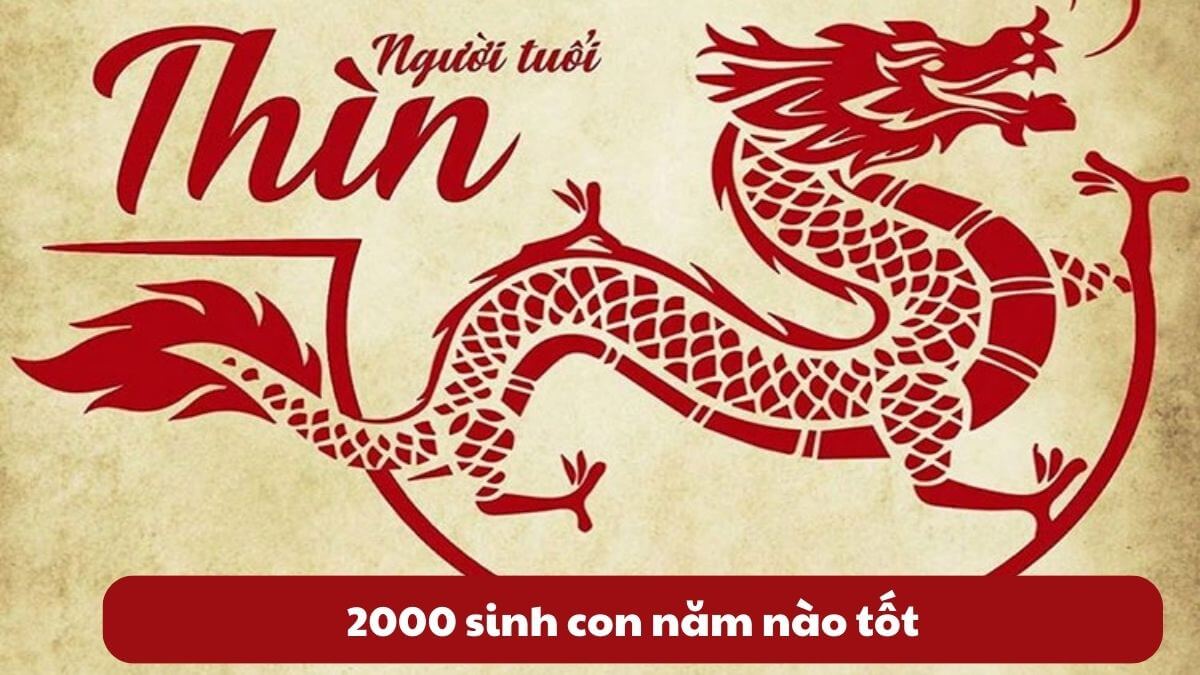Wholesale pepper is an important industry that plays a crucial role in supplying pepper to retailers, food manufacturers, and other businesses. By working with reputable suppliers and paying attention to factors such as quality and pricing, businesses can ensure they are getting the best value and quality for their wholesale pepper purchases.
The brief information about wholesale pepper markets
Pepper is the most widely trafficked spice on the planet, accounting for over a fifth of all imported spices. Pepper is grown mostly in Brazil, Vietnam, Indonesia, and India, and it is exported to Germany, the United States, and China.

Pepper products
Price of wholesale pepper
Prices for wholesale pepper goods fluctuate frequently, and like coffee, they are listed and traded on commodities exchanges. The World Pepper Association – IPC (India, Brazil, Indonesia, Malaysia, Sri Lanka, and Vietnam) also publishes daily price data for a variety of important items. The reduction in pepper availability worldwide, combined with increased demand in major markets such as the United States, Europe, and China, has resulted in a four-year high in whole pepper prices.
Demand for wholesale pepper
In recent years, there has been an increase in global demand for pepper. Global pepper consumption is currently estimated at 510,000 tons per year and is expanding at a pace of barely 2-3 percent per year, while global pepper output is increasing at an annual rate of 8-10 percent, according to estimates. Pepper production will surpass 660,000 tons in 2022, with an aim of 1 million tons by 2050.
Future trend of wholesale pepper markets
Pepper prices are expected to climb in the next months, according to the Agency of Foreign Trade of the Ministry of Industry and Trade, because:
- The intricate evolution of the COVID-19 outbreak has impacted harvesting and processing issues, resulting in supply disruptions.
- Transporting goods is clogged, and pepper export contracts are halted due to high freight costs.
Wholesale pepper: main markets
The overall value of pepper imports in 2019 was $1.27 billion, according to the OEC. The demand for wholesale pepper is led by three countries:
The United States: Due to the recent growth in demand for confectionery and bakery products, as well as the increased use of pepper in beauty products, the United States’ wholesale pepper demand has made North America one of the main demands for the pepper market.
China: China’s large pepper import value is linked to the country’s population and other exporting operations. Domestic demand for culinary and medical purposes accounts for a large portion of pepper imports in China.
Indian: Due to its unique harvesting method, the cost and oleoresin value of Indian pepper is unsuitable for the oleoresin industry. As a result, India mostly imports high quality pepper from Vietnam and Sri Lanka, which collect immature berries for usage in oil and oleoresin.
Top 3 good wholesale pepper suppliers
Choosing dependable wholesale pepper providers aids consumers in maintaining high-quality supplies. Here are the top three well-known wholesale pepper vendors to consider:
Olam Food Ingredients
Cocoa, coffee, dairy, almonds, and spices are among OFI’s most well-known raw materials and ingredient platforms. Quality, traceability, and risk can all be managed better with comprehensive involvement at every stage of the pepper supply chain.
K-Agriculture
K-Agriculture is one of the world’s top agriculture firms, distributing wholesale pepper to over 100 countries. The company’s motto is “Quality is King,” and it ensures product quality in all conditions. The company’s reputation can be conveyed not only by the established product quality, but also by the ingenious board of directors led by Mr Daniel Trong Quy.

K-Agriculture










